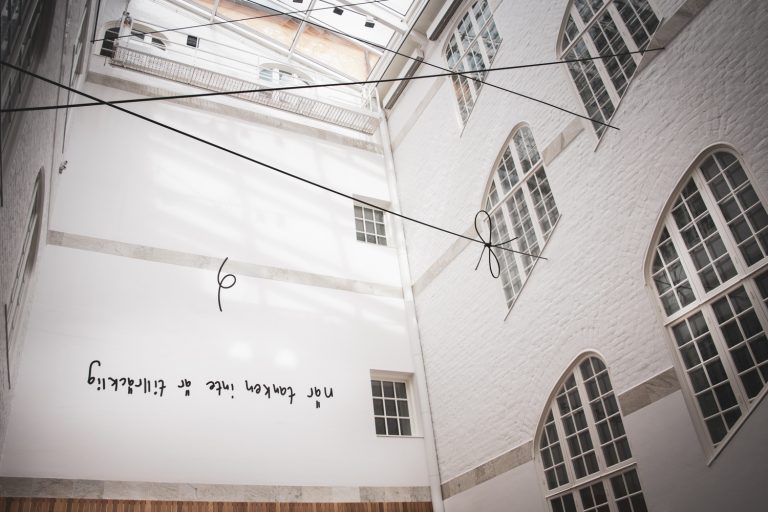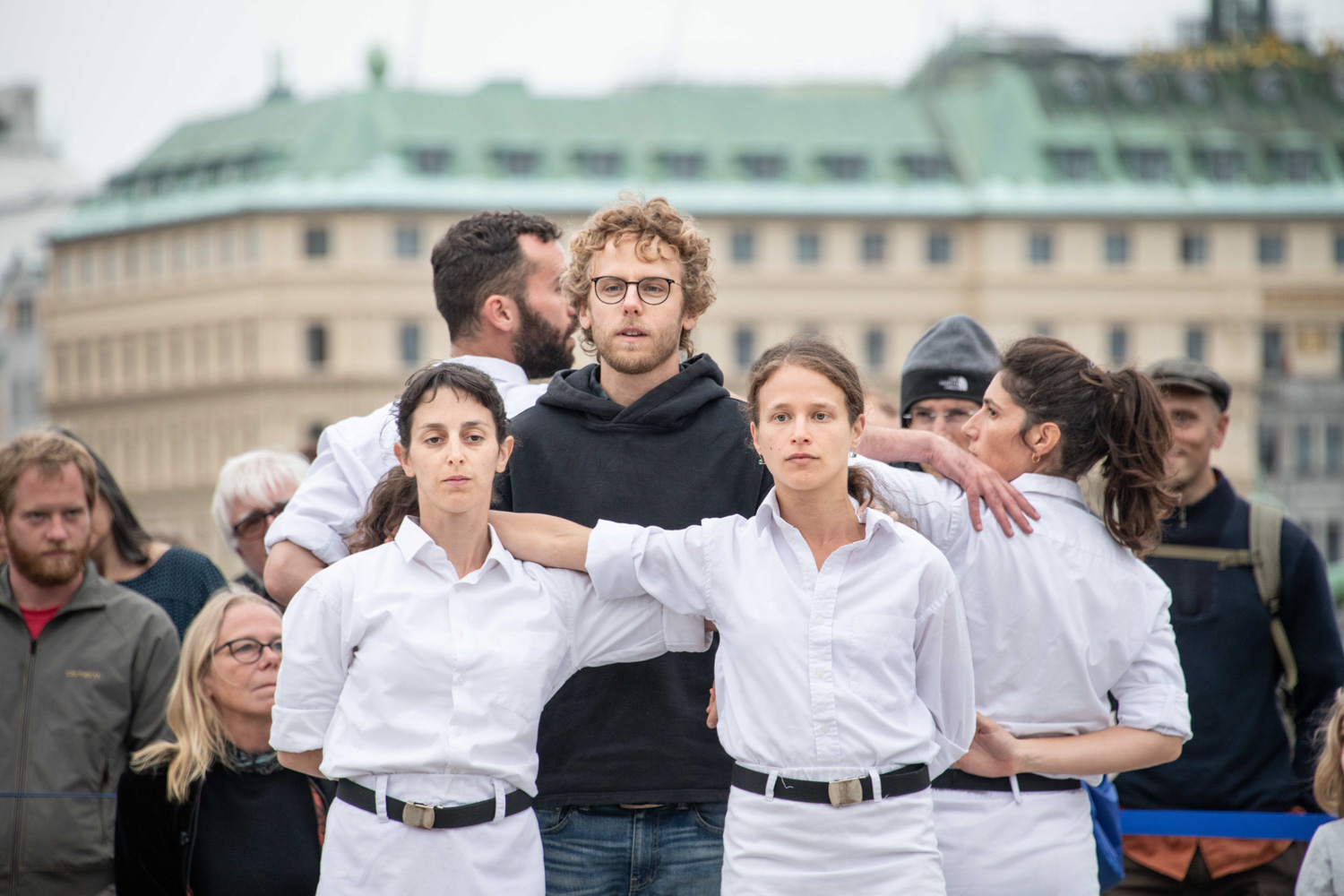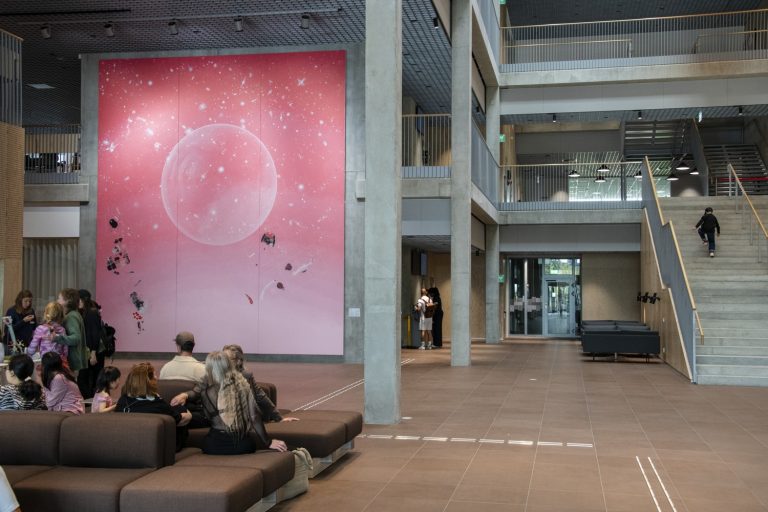Television Without Frontiers is a televised documentary performance in four short episodes that seek to understand the meaning of “common ground” in a contemporary European situation.
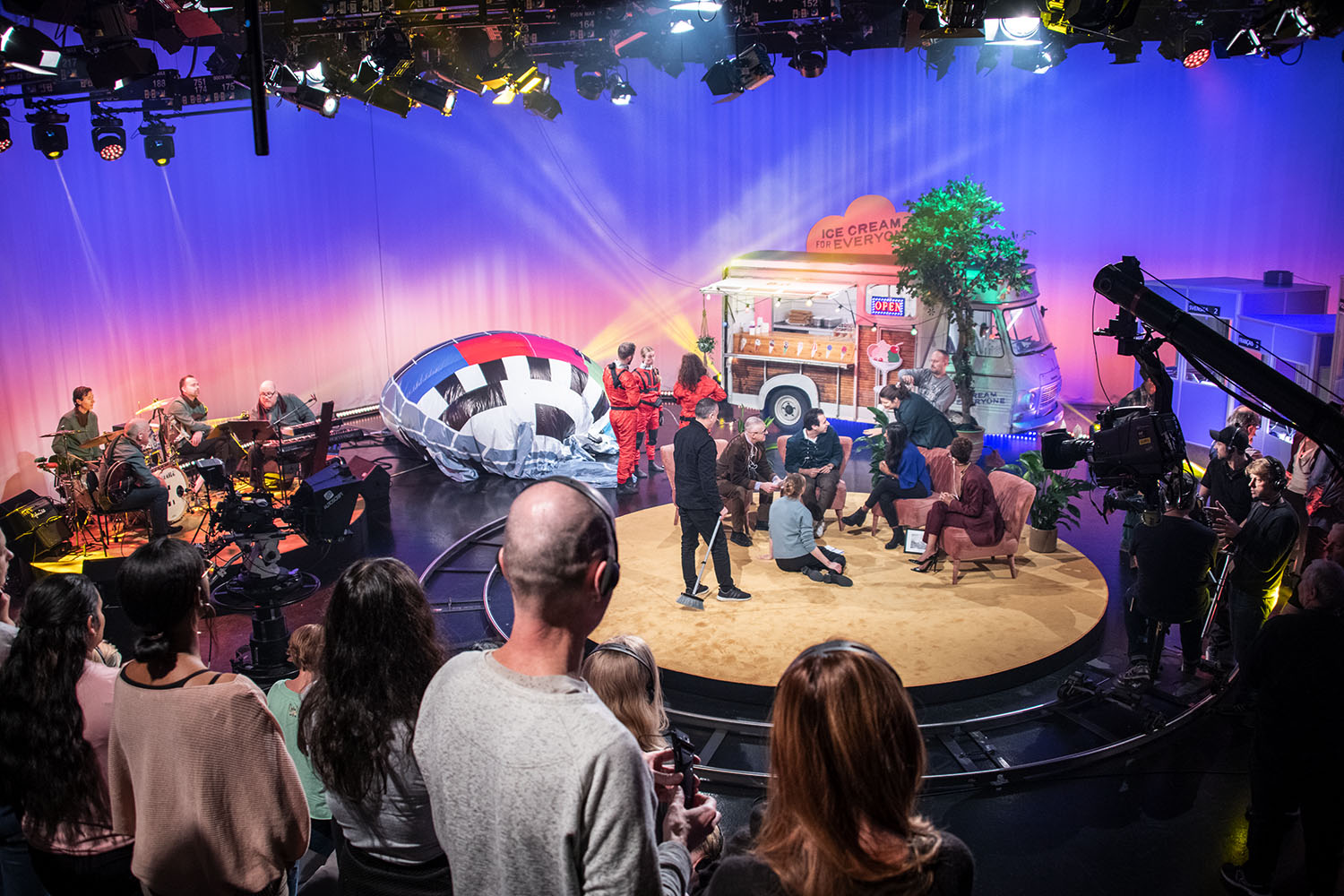
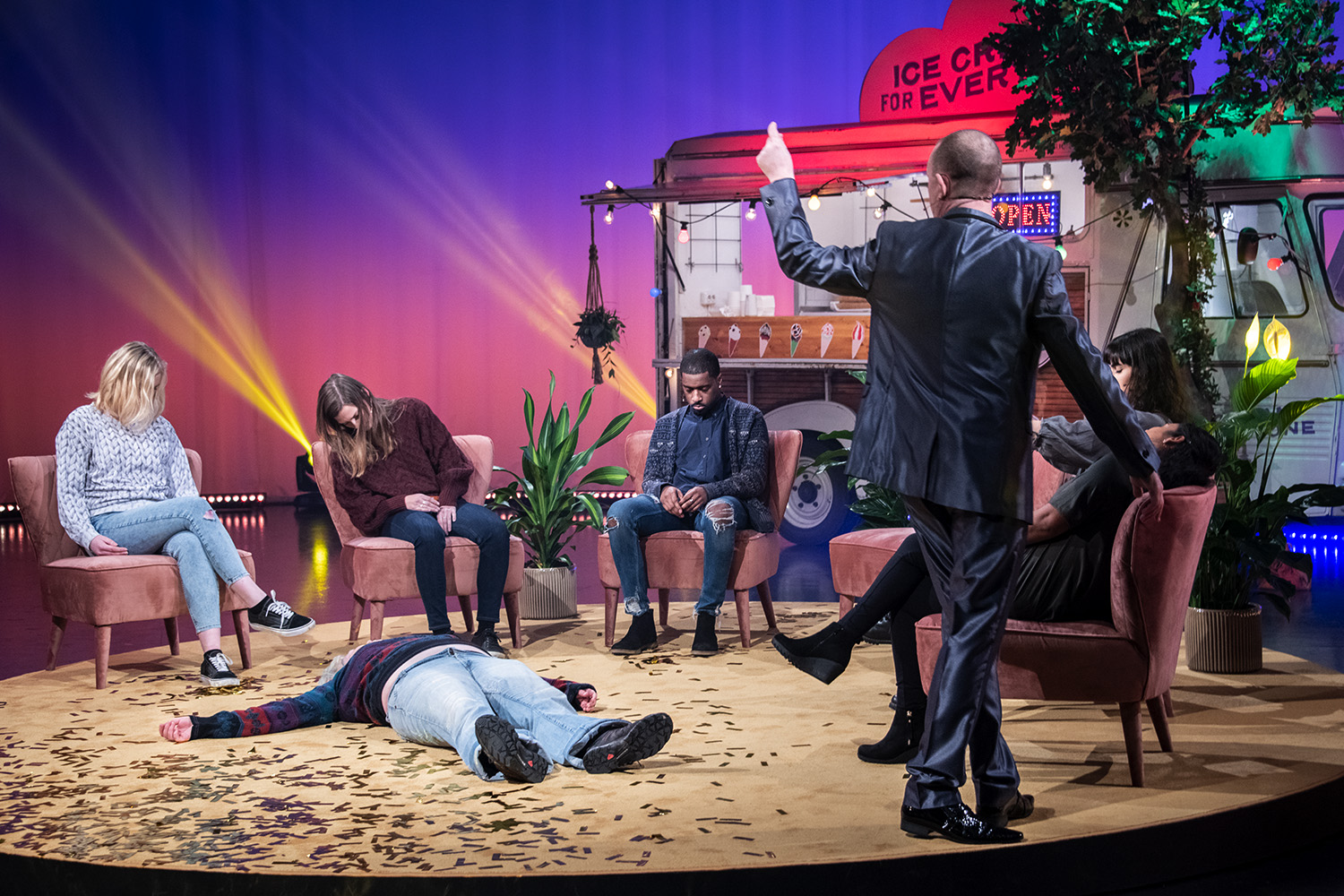
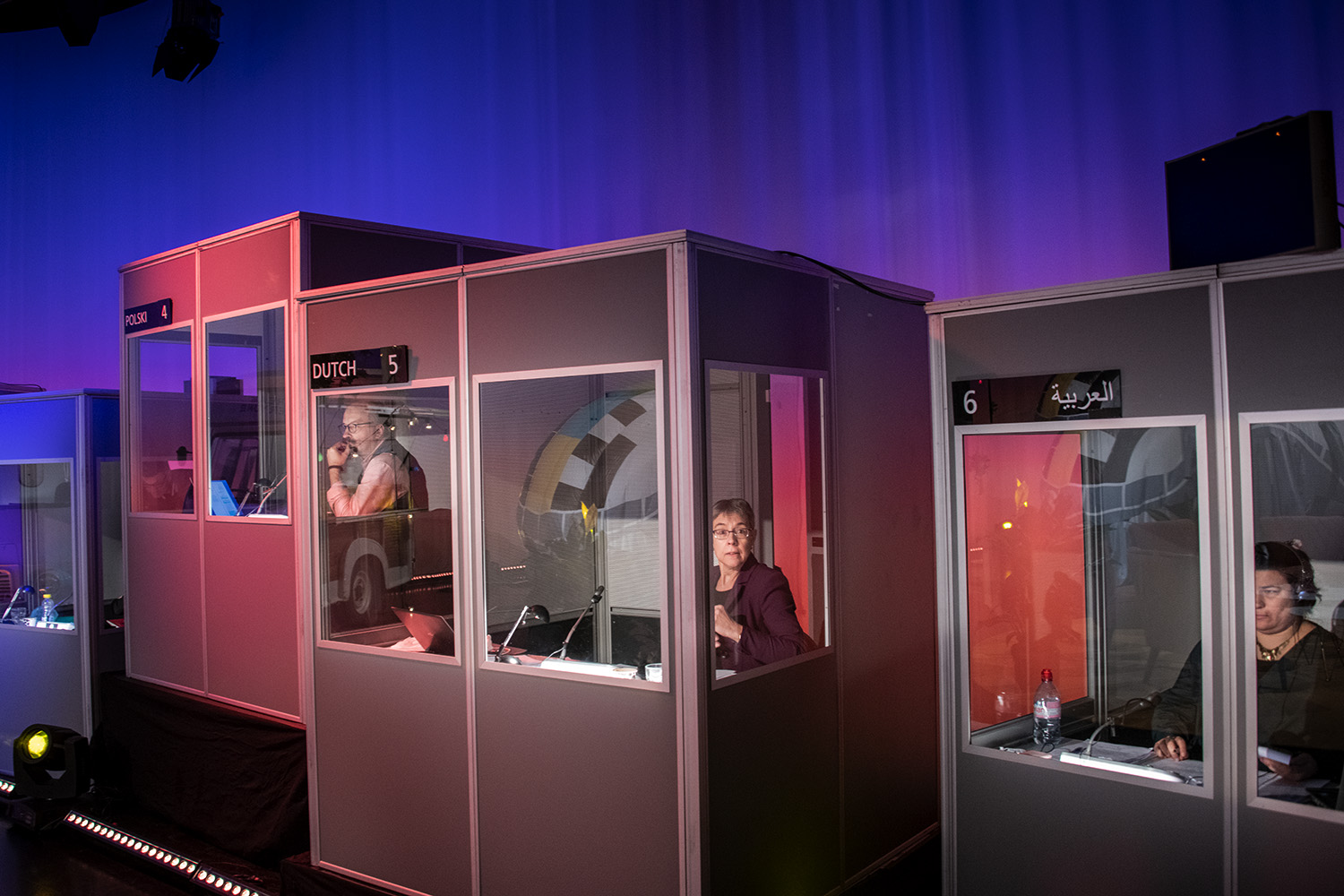
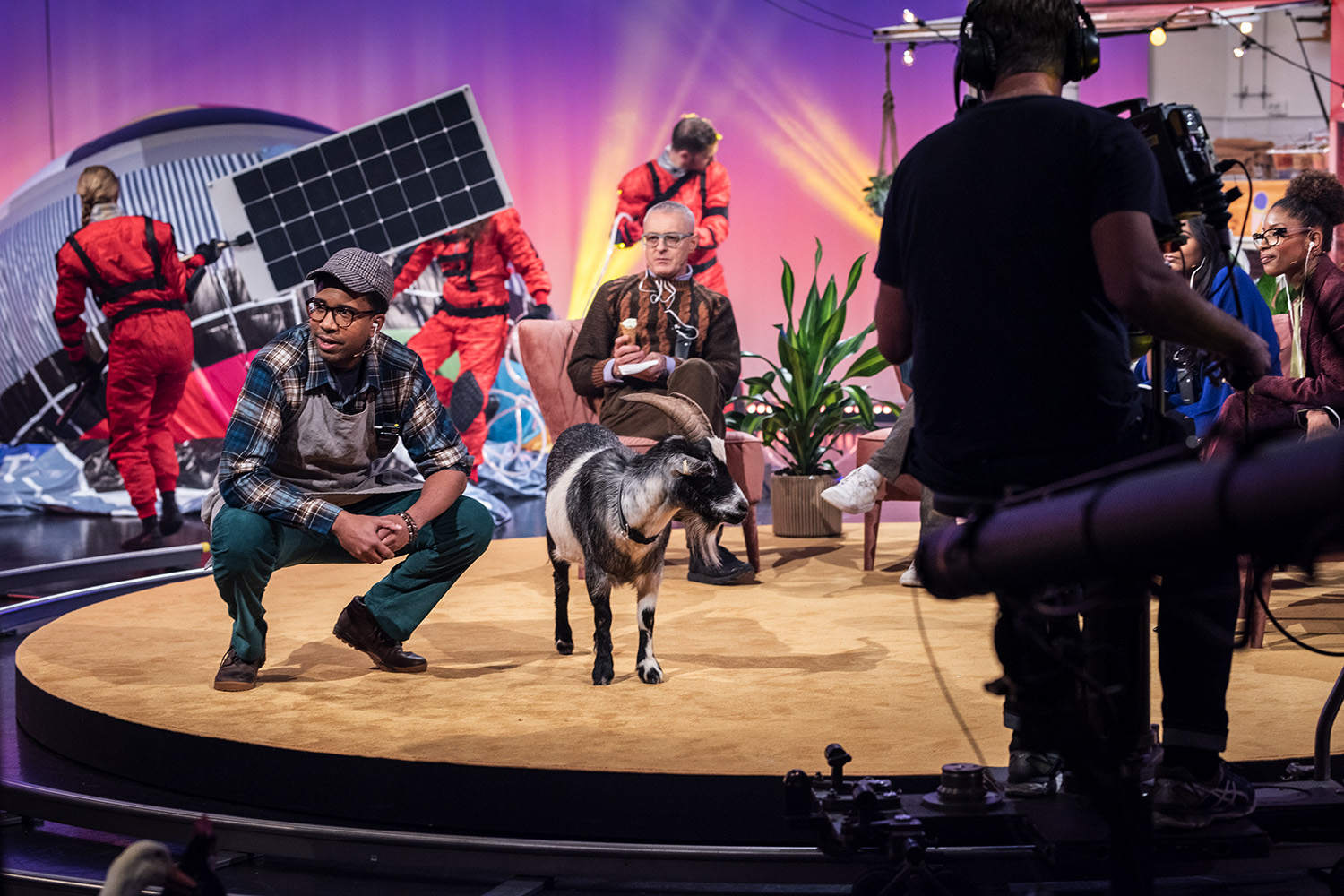
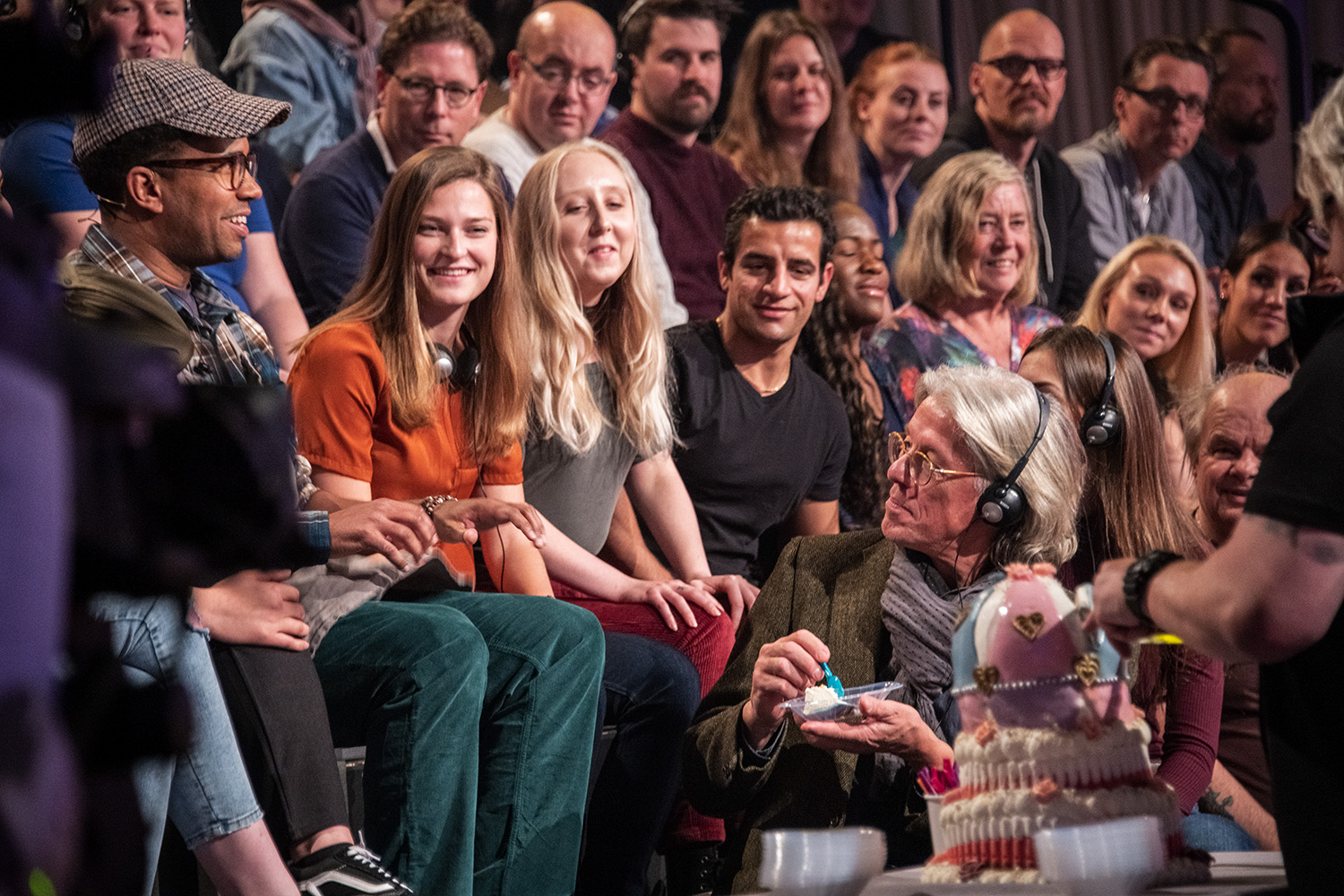
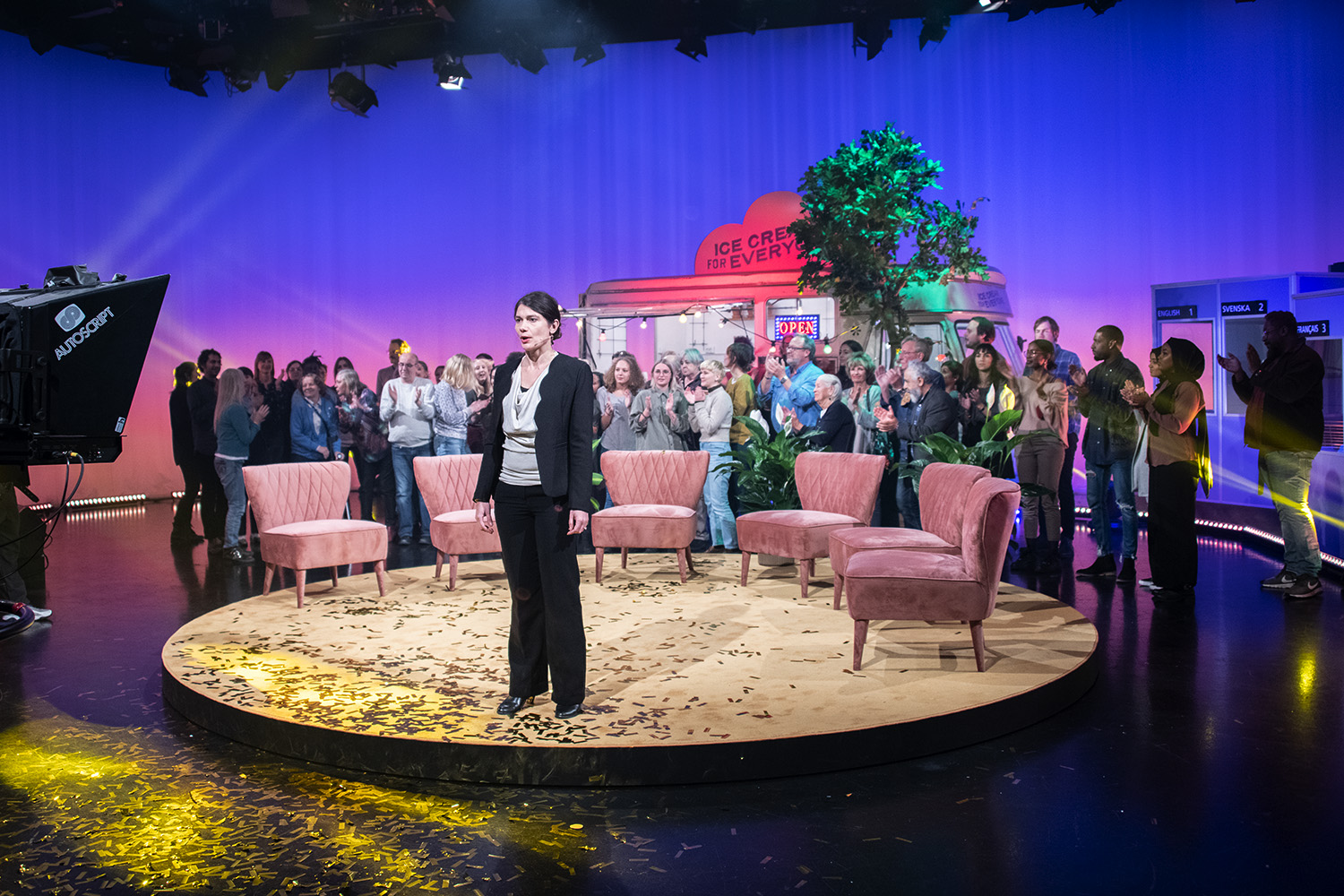
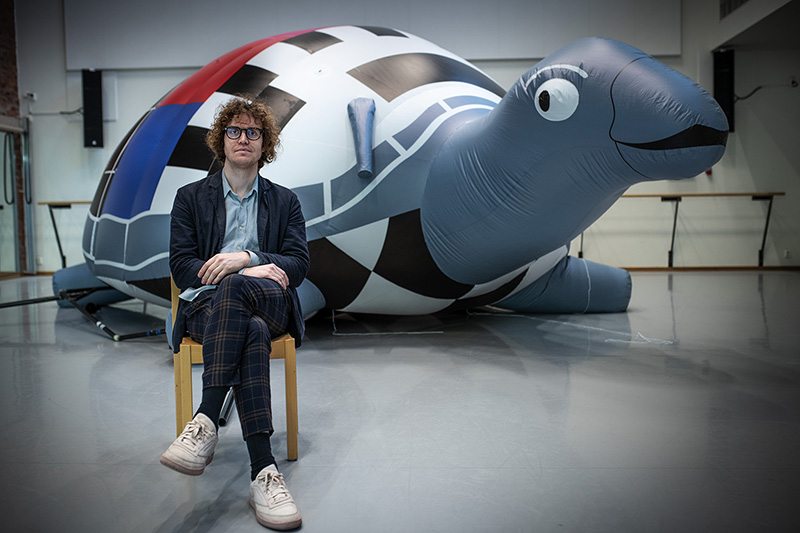
On Television Without Frontiers
The outset of Television Without Frontiers is a project called “Eurikon”, which was initiated by the European Broadcast Union (EBU) in 1982. It was organised as a collaboration between fifteen national public service networks based in Europe and North Africa. There were five separate, weeklong transmissions, set up to investigate the possibilities of establishing a public service network that would reach the entire European continent, and beyond. In short, an attempt to construct common ground for a future (and present) community. Eurikon was an experiment and never intended to reach a general audience. A few years later a fully functioning service called “Europa TV” was launched but the broadcasts were cancelled after eighteen month. There has been no similar attempts since. Now, more than three decades later Europe seems rather heading towards nationalist fragmentation.
In Television Without Frontiers we set out to find out how Eurikon might be used as model to find out what happened to the visions of a post-national community? What does the idea of public service mean beyond the nation state? And what are the alternatives to the market and the nation in building common ground?
Om Andjeas Ejiksson
Andjeas Ejiksson is an artist, writer and editor. His work often concerns the text’s intermediation and transformation and the experiences what occur in translation. Ejiksson is a researcher at Akademien Valand in Gothenburg and before that at the Royal Institute of Art in Stockholm and Jan van Eyck Academy in Maastricht. Earlier has he, among other things, been a curator for the Gothenburg Biennal and editor for the magazine Geist.
Artists statement by Andjeas Ejiksson
Television Without Frontiers is a televised documentary performance in four short episodes that seek to understand the meaning of “common ground” in a contemporary European situation.
BACKGROUND
The outset of Television Without Frontiers is a project called “Eurikon”, which was initiated by the European Broadcast Union (EBU) in 1982. It was organised as a collaboration between 15 national public service networks based in Europe and North Africa. There were five separate, weeklong transmissions, set up to investigate the possibilities of establishing a public service network that would reach the entire European continent, and beyond. In short, an attempt to construct common ground for a future (and present) community. Eurikon was an experiment and never intended to reach a general audience. A few years later a fully functioning service called “Europa TV” was launched, but the broadcasts were cancelled after 18 months. There has been no similar attempts since. Now, more than three decades later Europe seems rather heading towards nationalist fragmentation. In Television Without Frontiers we set out to find out how Eurikon might be used as model to find out what happened to the visions of a post-national community? What does the idea of public service mean beyond the nation state? And what are the alternatives to the market and the nation in building common ground?
PRODUCTION
The production of Television Without Frontiers takes place in a studio that belongs to Swedish television (SVT) in Gothenburg, a couple of days in the beginning of November 2018. The Eurikon project serves as a framework and point of reference in the enactment which consists of layers of parallel actions. In the centre is a form of talkshow. A bunch of television personalities from different contexts have gathered in the studio, they speak different languages and the conversation is cross translated by interpreters who are also present in the studio. Among the television personalities are Klaas Jan Hindriks (part of the group that organised Eurikon as a representative for EBU). The idea is to work in a documentary theatre format where everyone plays themselves. The scene also consists of an orchestra, a giant turtle that is being assembled and inflated by a group of mime actors, and every now and then an ice cream vendor tells a passage from a back story that contextualises what happens in the studio. In short the four parts unfolds as follows: The Prologue is mainly a presentation of the background of the enactment and an introduction to the scene, the first part centre on presenting and representing on television, the second part centre on a conversation about “common ground” and the last part centre on the issue of translation, putting the interpreters in focus.
PARTICIPATING TV PERSONALITIES
Sylvie Caspar (France), Ahmed EL-Ghandour (Egypt), Klaas Jan Hindricks (The Netherlands), Jacek Poniedziałek (Poland), Ash Sarkar (United Kingdom), Sylvana Simons (The Netherlands)
NARRATOR Yankho Kamwendo (Sweden)
STUDIO HOST Kjell Wilhelmsen (Sweden)
ORCHESTRA Mattias Bylund, Per Strandberg, Michael Engström, Miko Rezler (Sweden)
ACTORS Marta Oldenburg, Louise Bjurholm, Lucas Carlsson (Sweden)
HYPNOTIST Jonathan Royle (United Kingdom)
INTERPRETERS Professional interpreters
Text by Andjeas Ejiksson
